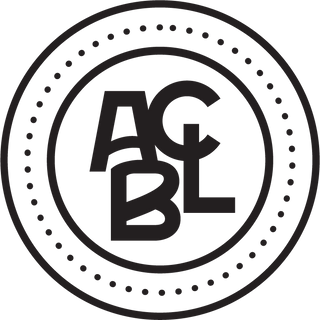This 220-page book describes how it is possible to detect cheating in Bridge using statistical methods and mathematical models. It includes 119 figures of charts and tables showing how cheating pairs are detected. The book has comparisons of data of cheating pairs and non-cheating pairs. Detecting cheating in Bridge was an unsolved problem for over ninety years until now.
The book analyzes data from American Contract Bridge League (ACBL), European Bridge Leagure (EBL) and World Bridge Federation (WBF) events and shows that there are still active cheating pairs at the top level.
The charts depict the level of cheating in tournaments through 2015 and the sudden change in the amount of cheating after the summer of 2015 when some top level pairs were caught. The data shows there are more cheating pairs before 2015 that have not been caught.
The book shows the number of active pairs that are cheating in ACBL events.
Statistical analysis is done on World Championships from 1955, including the famous Italian Blue Team era. This data is compared to the known cheating pairs of today with some interesting results.
Opening lead styles from top pairs and events are analyzed leading to tips on improving your own game.
This is the first detailed statistical analysis of high level Bridge. It involves over 11,000,000 boards from ACBL, 240,000 boards from EBL, 360,000 boards from WBF, and 270,000 boards from Vugraph from over 290 tournaments.
I have had to wait four years, since the cheating scandals of 2015, to ensure there was enough post-2015 data to further validate the algorithms and statistics described in the books. A patent has been filed on the technology.
There are chapters on the five more recent cheating pairs: Buratti/Lanzarotti, Elinescu/Wladow, Fantoni/Nunes, Fisher/Schwartz and Piekarek/Smirnov. The chapters show how the various advanced cheating detection functions (ACDFs) described in the book can catch these known cheating pairs, without knowing their methods, and without any expert having to review hands. Similar tests can be done on suspected pairs.
- Publication Date: 2019
- Page Count: 205
- ISBN: 978098223553

Adding product to your cart
You may also like
This 220-page book describes how it is possible to detect cheating in Bridge using statistical methods and mathematical models. It includes 119 figures of charts and tables showing how cheating pairs are detected. The book has comparisons of data of cheating pairs and non-cheating pairs. Detecting cheating in Bridge was an unsolved problem for over ninety years until now.
The book analyzes data from American Contract Bridge League (ACBL), European Bridge Leagure (EBL) and World Bridge Federation (WBF) events and shows that there are still active cheating pairs at the top level.
The charts depict the level of cheating in tournaments through 2015 and the sudden change in the amount of cheating after the summer of 2015 when some top level pairs were caught. The data shows there are more cheating pairs before 2015 that have not been caught.
The book shows the number of active pairs that are cheating in ACBL events.
Statistical analysis is done on World Championships from 1955, including the famous Italian Blue Team era. This data is compared to the known cheating pairs of today with some interesting results.
Opening lead styles from top pairs and events are analyzed leading to tips on improving your own game.
This is the first detailed statistical analysis of high level Bridge. It involves over 11,000,000 boards from ACBL, 240,000 boards from EBL, 360,000 boards from WBF, and 270,000 boards from Vugraph from over 290 tournaments.
I have had to wait four years, since the cheating scandals of 2015, to ensure there was enough post-2015 data to further validate the algorithms and statistics described in the books. A patent has been filed on the technology.
There are chapters on the five more recent cheating pairs: Buratti/Lanzarotti, Elinescu/Wladow, Fantoni/Nunes, Fisher/Schwartz and Piekarek/Smirnov. The chapters show how the various advanced cheating detection functions (ACDFs) described in the book can catch these known cheating pairs, without knowing their methods, and without any expert having to review hands. Similar tests can be done on suspected pairs.
- Publication Date: 2019
- Page Count: 205
- ISBN: 978098223553




